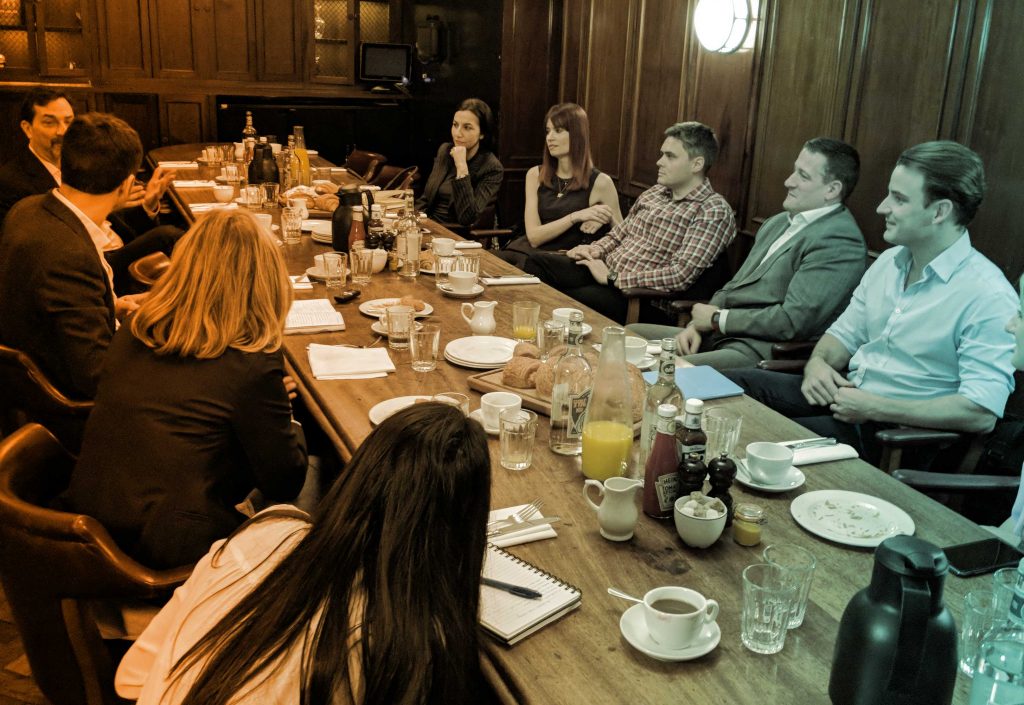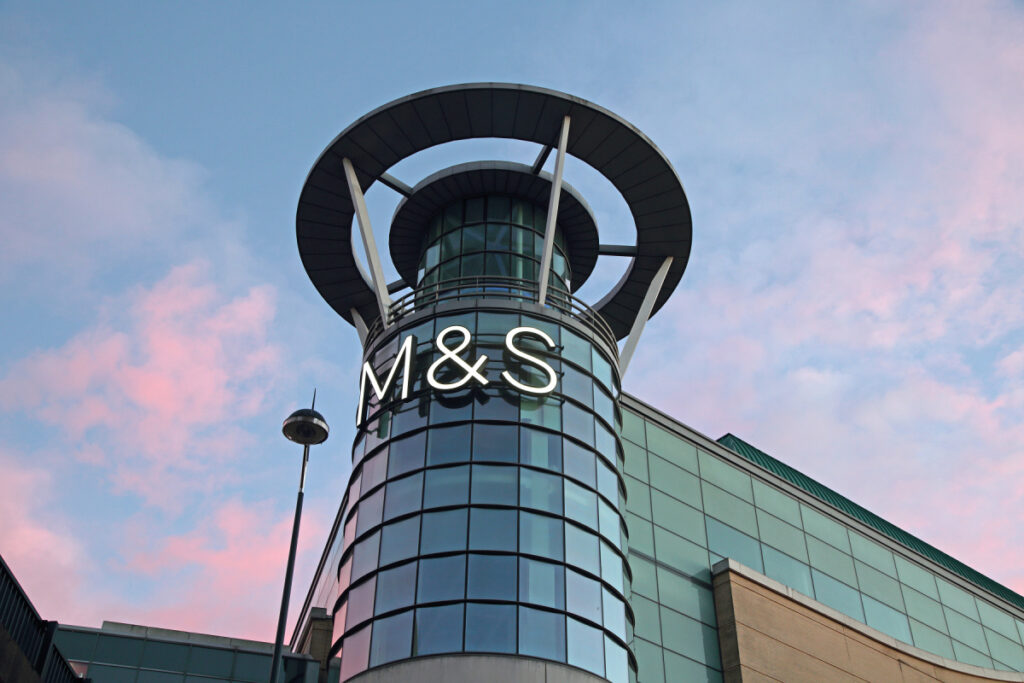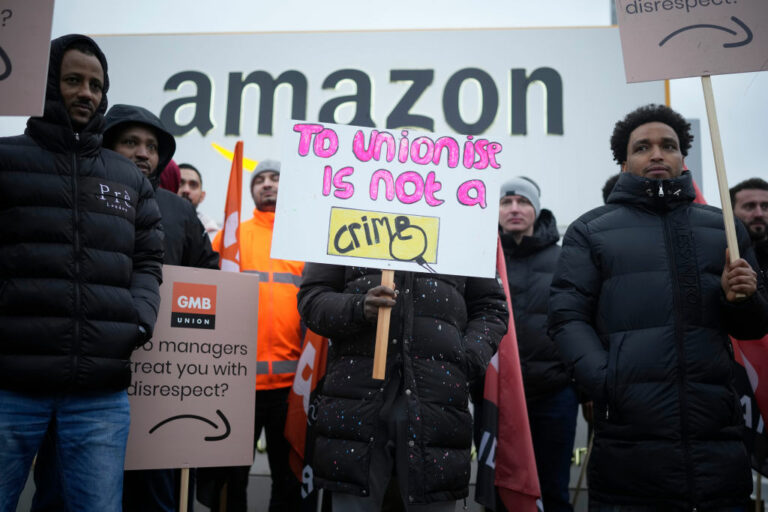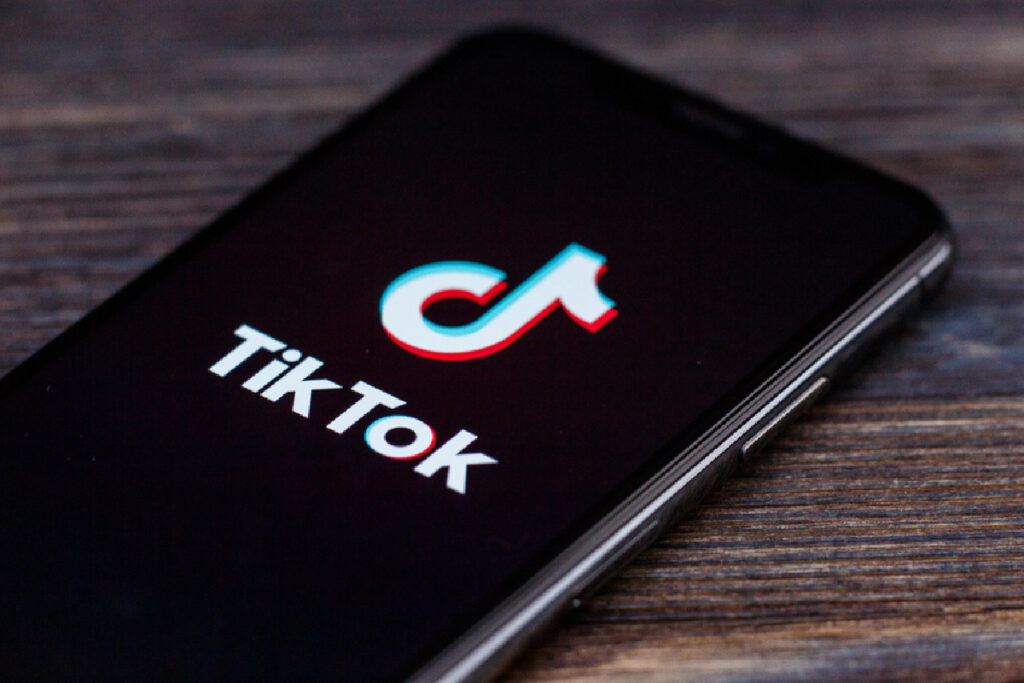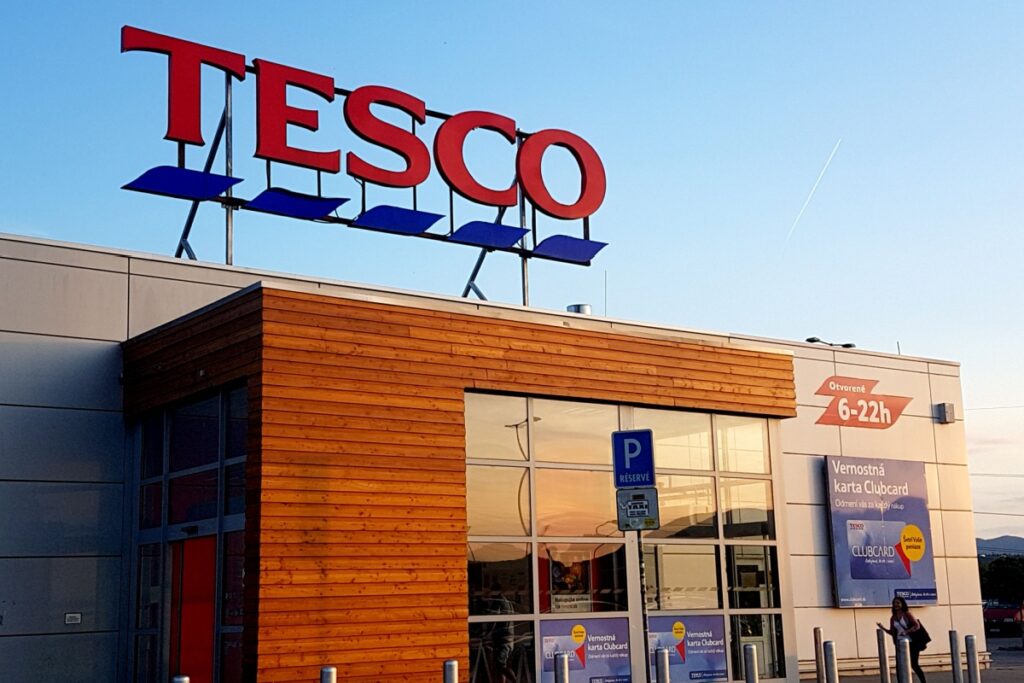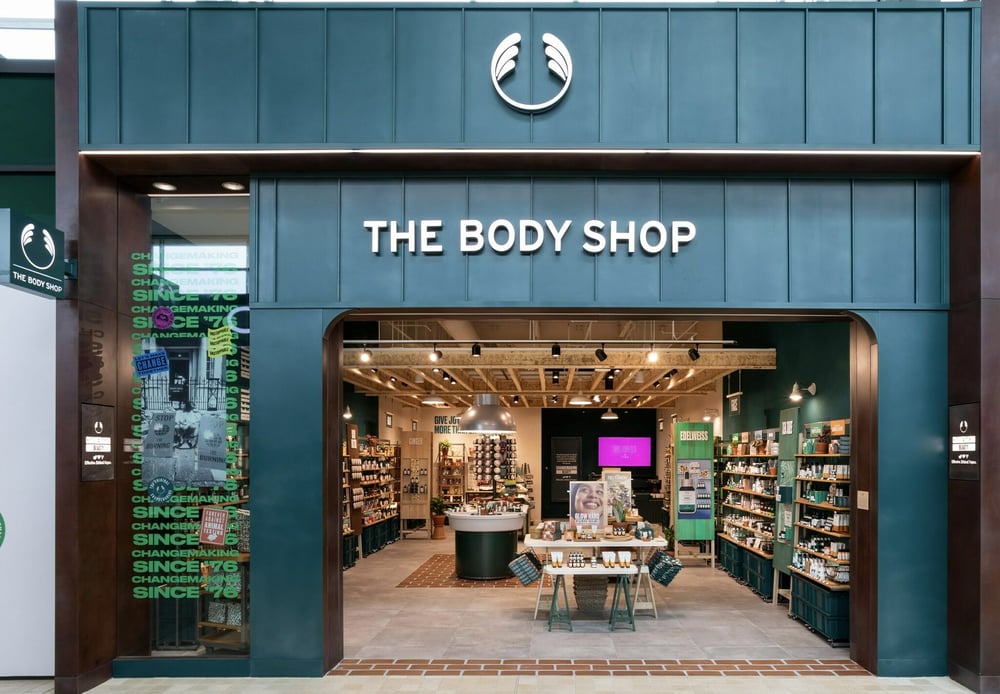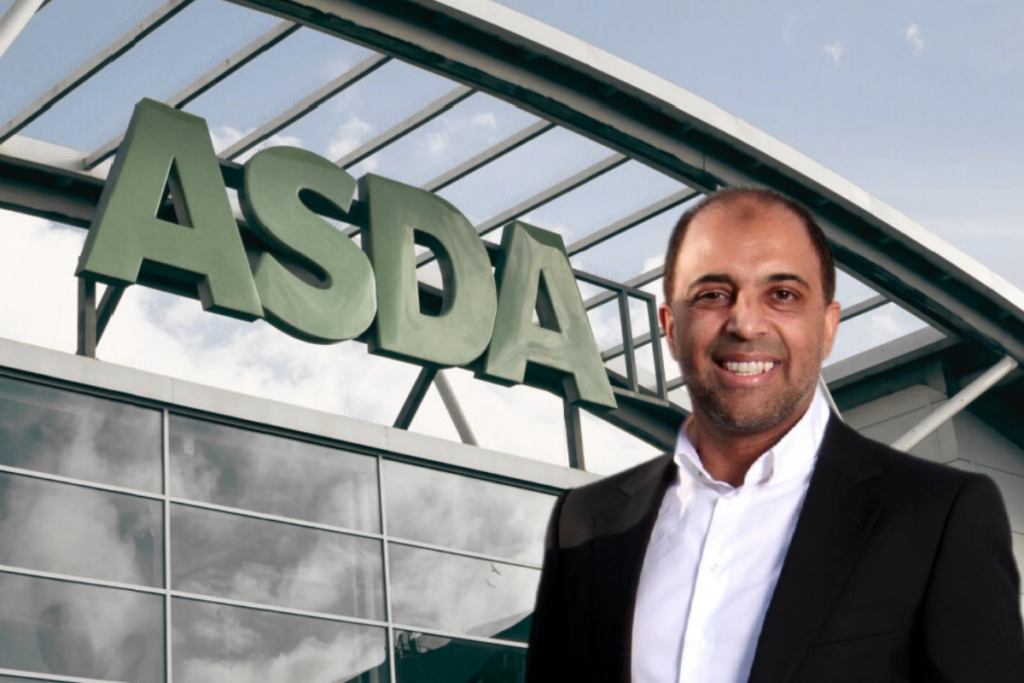Walmart chief executive and president Doug McMillon raised eyebrows at the National Retail Federation’s (NRF) Big Show conference in January when he referred to the US grocer, on stage, as a “technology company”.
The retailer, which now owns digitally-led businesses Jet.com and Bonobos, as well as running its own online marketplace and investing in China’s JD.com, is of course a traditional bricks-and-mortar retail organisation at heart. But by adopting the mindset of a technology company, Walmart is showing that it is willing to take on the new digital players now absorbing so much of retail’s market share.
This change of mindset in retail was a key talking point at an event hosted by Retail Gazette and Sailthru on March 13, attended by retailers and brands keen to understand more about the benefits of developing personalised customer communication.
Mind over matter
Those in attendance included representatives from physical retail, eCommerce and global consumer brands, and they agreed personalisation is about creating relevant customer relationships.
And with many organisations currently embarking on so-called customer-centric strategies to try and gain an edge in an increasingly competitive landscape, the need for relevancy is arguably as important as it has ever been.
While companies operating in the retail space say they are starting to personalise their customer communication, this typically entails straightforward named emails and segmentation – as opposed to a widescale understanding of customer requirements across multiple sales channels.
Retail leaders in personalisation, including Amazon, Asos, and Sephora, which are on significant growth trajectories supported by teams of engineers and technologists with skills in data science, are doing more. They are increasingly positioning themselves as technology companies with a retail arm – and judging by their recent successes, it is an approach that can lead to a real position of strength.
Marielle Habbel, general manager for Europe at Sailthru, commented: “Technology companies are built off data.
“Sailthru for example has more than two billion consumer profiles each of which contains the complete lifetime of an individual customer’s engagement, behavioural, interest, and predictive data. This is why our organisation is known for helping retailers achieve their goals in highly personalised marketing automation.”
She added: “But most traditional retailers continue to struggle with collecting, managing, and leveraging data. This struggle is what blocks these companies from innovating at the pace that is needed.”
Customer experience is king
No two retailer-customer interactions are the same, and the type of experience a shopper wants when they visit a website or store can differ considerably each time. It means doing the simple things well when communicating with customers can have a far-reaching impact.
Whether it is suggesting suitable items based on previous shopping history, remembering an anniversary, or not bombarding consumers with recommendations once they have made a purchase, getting the basics right is crucial.
Sailthru ranks retailers and brands on their personalisation techniques – from basic capability to more sophisticated methods – via its Retail Personalization Index. The annual list scores organisations on their mobile, web and email practices, with Sephora and JustFab the top two global organisations in 2017.
Additional organisations from the UK and Europe are now sought after for inclusion in the rankings this year.
One UK company not yet on the index, but with a clear personalisation plan is Notonthehighstreet. Talking at the roundtable, digital director Ben Irons said ensuring customers have a relevant experience when they interact with the website is “a key focus” for the business.
“This means that we try to connect with our customers, their feelings and needs, through the gifting moments that are reflected on our site and through what we talk about in our marketing communications,” he explained.
Irons said this is achieved through the string of partnerships it forges with the small businesses that sell through the website. These partners, he added, are constantly developing new, bespoke items that ensure a freshness is preserved on the marketplace.
“This focus on relevance and responsiveness means that we put customer experience at the heart of every touchpoint with our brand,” he remarked.
“We’re always working on introducing more tailored elements because we want to be the go-to destination for our customers to find the perfect gift for any occasion, with a truly personal touch.”
Top-level support required
Across the wider industry, the businesses engaging with their customers in highly relevant ways tend to have senior members of staff as advocates.
Included on this list is Boots’ Dave Robinson, who as head of loyalty and personalisation leads a team aiming to use transaction information garnered from the Boots Advantage Card to provide more relevant experiences to its customers. At Asos, meanwhile, there is an ever-growing group of experts and consultants dedicated to driving personalisation, with chief executive Nick Beighton regularly reiterating the importance of the strategy from the top.
Habbel explained that retailers need senior team buy-in if they are to achieve success from their personalisation strategies. It cannot just be an after-thought, she noted.
“Organisations toil over testing and refining their experience on site, in email, in basket, and across the customer experience before thinking about how and where they will add a recommendation here or there, for example, but this is the wrong approach,” she said.
“Personalisation is core to improving the customer experience itself, not optimising an existing experience. Retailers should have a company-wide position on personalisation based on what their consumer values and desires and what the brand is looking to achieve, and this should play a significant role in customer experience transformation.”
It was clear from the roundtable discussions that developing a successful personalisation strategy is perhaps easier than retailers might think. And with GDPR coming into force in May, there is now an official mandate for ensuring business’s customer communication is relevant – and, most of all, solicited legitimately.
Although complex, those at the roundtable agreed the regulation is effectively an opportunity for businesses to assess their data management practices, as well as being a driver for organisations to get to know their customers better.
With personalisation, gradual improvements can be made over time. It does not require a complete overhaul of infrastructure and operations; more a mindset shift supported by what retailers already know about their customers.
If retail behemoths like Walmart can change their outlook and their approach to serving shoppers – the company was actually ranked third on the Sailthru Personalization Index in 2017 – others should be able to follow. Retailers are increasingly talking about the need to get closer to their customers, but actions can speak louder than words.
“We’ve worked with organisations who start with field insertion (ie: Marielle, you’re going to love our new spring line!), progress to behavioural segmentation and recommendations, and then move on to incorporate predictive analytics to drive channel, content, and cadence personalisation,” explained Habbel.
“With the right tools, a retailer can begin to personalise very quickly provided they have a vision, a roadmap, and organisational buy-in.”
Click here to sign up to Retail Gazette‘s free daily email newsletter

